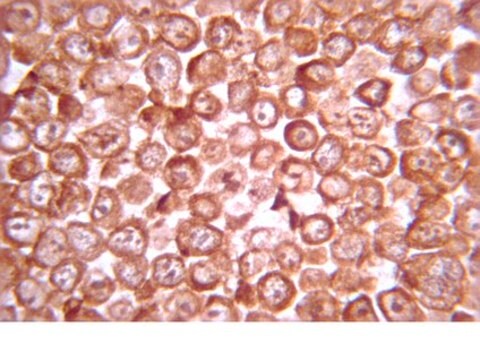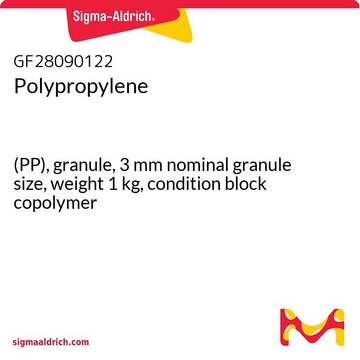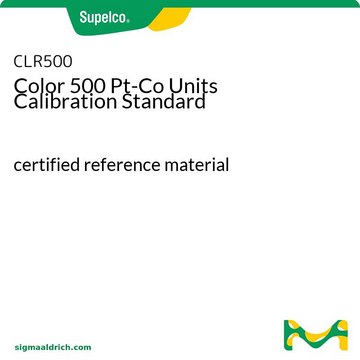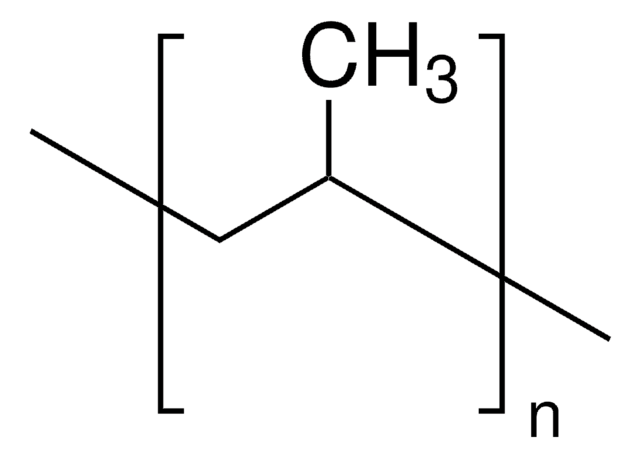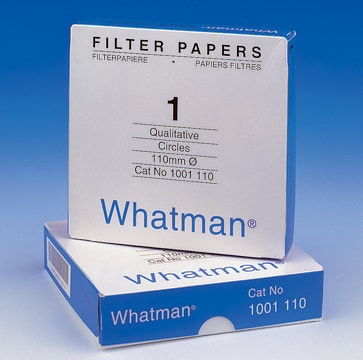04-739
Anti-Raf-1 Antibody, clone AM223, rabbit monoclonal
culture supernatant, clone AM223, from rabbit
Synonim(y):
Oncogene RAF1, raf proto-oncogene serine/threonine protein kinase, v-raf-1 murine leukemia viral oncogene homolog 1
About This Item
Polecane produkty
pochodzenie biologiczne
rabbit
Poziom jakości
forma przeciwciała
culture supernatant
klon
AM223, monoclonal
reaktywność gatunkowa
human, mouse, rat
metody
immunoprecipitation (IP): suitable
western blot: suitable
izotyp
IgG
numer dostępu NCBI
numer dostępu UniProt
Warunki transportu
dry ice
docelowa modyfikacja potranslacyjna
unmodified
informacje o genach
human ... RAF1(5894)
Opis ogólny
Specyficzność
Immunogen
Zastosowanie
Signaling
MAP Kinases
A 1:500-1:2,000 diltuoin of this lot detected Raf-1 in 3T3/A31 cell lysates.
Immunoprecipitation: 2-4 μg of a previous lot immunoprecipitated Raf-1 from 400 μg of 3T3/A31 RIPA lysate.
Jakość
Opis wartości docelowych
Powiązanie
Postać fizyczna
Przechowywanie i stabilność
Handling Recommendations: Upon receipt, and prior to removing the cap, centrifuge the vial and gently mix the solution. Aliquot into microcentrifuge tubes and store at -20°C. Avoid repeated freeze/thaw cycles, which may damage IgG and affect product performance.
Komentarz do analizy
Positive Antigen Control: Catalog #12-305, 3T3/A31 lysate. Add 2.5 μL of 2-mercapto-ethanol/100 μL of lysate and boil for 5 minutes to reduce the preparation. Load 20 μg of reduced lysate per lane for minigels.
Oświadczenie o zrzeczeniu się odpowiedzialności
Kod klasy składowania
12 - Non Combustible Liquids
Klasa zagrożenia wodnego (WGK)
WGK 1
Temperatura zapłonu (°F)
Not applicable
Temperatura zapłonu (°C)
Not applicable
Certyfikaty analizy (CoA)
Poszukaj Certyfikaty analizy (CoA), wpisując numer partii/serii produktów. Numery serii i partii można znaleźć na etykiecie produktu po słowach „seria” lub „partia”.
Masz już ten produkt?
Dokumenty związane z niedawno zakupionymi produktami zostały zamieszczone w Bibliotece dokumentów.
Nasz zespół naukowców ma doświadczenie we wszystkich obszarach badań, w tym w naukach przyrodniczych, materiałoznawstwie, syntezie chemicznej, chromatografii, analityce i wielu innych dziedzinach.
Skontaktuj się z zespołem ds. pomocy technicznej
